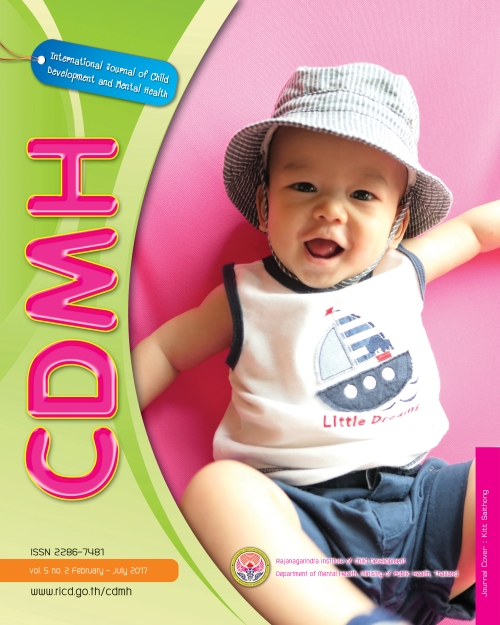OptiMusic for Children with Special Needs
Main Article Content
Abstract
OptiMusic training uses a unique audio-visual
system to utilize a combination of lights and sound
to train children with special needs to explore
and interact with the environment. The training
encourages children to create music and sound
effects by sweeping a bat across the light beams.
It is an enjoyable way for children with behavior
challenges and learning difficulties to engage
with their surroundings. It can be used to teach
concepts, cause and effect, communication, social
skills, teamwork, fine-gross motor skills (particularly
hand-eye coordination), musical timing and rhythm,
audio-visual memory, and aural sequencing.
It is very flexible and can be tailored to the needs
and different levels of children with special needs.
OptiMusic training for children with special needs
uses a variety of music, sounds and images to
create a powerful, multi-sensory and learning
environment for these children.
In this article, we would like to share our
experiences and learnings gained throughout the
development of the OptiMusic programme for
children with special needs. There is an introduction
to the system; structure and curriculum; and
creative ideas and activities in the programme.
Article Details
![]()
Creative Commons License
This work is licensed under a Creative Commons Attribution-NonCommercial-No Derivatives 4.0 International (CC BY-NC-ND 4.0)
The authors retain copyright and permit the journal the copyright of first publication
Articles, once having passed the review process and accepted for publication in the CDMH Journal, are copyrighted under the CDMH Journal, Department of Mental Health, Ministry of Public Health. Please be aware distribution of CDMH Journal content for commercial purposes without permission is expressly prohibited. However, distribution with intent to educate, advocate, or spread awareness within the general public and research communities is permitted and encouraged with the understanding that the CDMH Journal Editorial Board do not hold jurisdiction or liability for any accompanying comments, text, or information from third parties, either in favor for or against the original article’s assertions, conclusions, methodology, or content.


